Denver & Rio Grande 1883-built Baldwin 4-6-0 No. 168 is in final stages of restoration at Cumbres & Toltec Scenic Railroad’s Antonito, Colo., yard. The locomotive will be part of the railroad’s 50th anniversary of operation celebration in 2020.
One of the final parts of the restoration is the boiler jacket, which is being fabricated by Ecodynamics of Monte Vista, Colo., and funded by Trains magazine’s 2018 Preservation Award. The jacket will be made of 20-gauge stainless steel to Baldwin standards, with riveted seams, hooks, and clamps. The steel will be blued, like a fine firearm, to imitate America iron, which was typical jacketing material in the U.S., during the period that this locomotive is being restored to.
While stainless steel is more expensive, it is far more durable than carbon steel. The problem with a blued finish on carbon steel or iron is that if anything acidic gets on it, the finish will be removed. On a coal-burning railroad with coal-burning soot, rain, and bird droppings, the finish would have to be wiped down with oil every day to maintain it.
Even though D&RG No. 168 was built in 1883, the railroad chose to restore the locomotive to 1916. “Stamped on the dome is the build date of 1915,” says Stathi Pappas, director of C&TS special projects. “With this boiler, there is no way we could make this locomotive reflect the earlier time period, so that’s why we chose 1916.”
The Interstate Commerce Commission for the Colorado Narrow Gauge Railroads said in 1915 that there were to be no more wrought-iron boilers in service. D&RG built the original boiler in-house.
Once the boiler jacket is on, workers will install the air compressor, air-system plumbing, and brake-system plumbing. With that work complete, they will mount the cab, which was constructed by the Friends of the Cumbres & Toltec.
“The running gear is done at this point,” Pappas says. “The locomotive has been timed. It would run right now. It will be operable before the end of the season, but we won’t be doing our unveiling until probably opening day of 2020, when we unveil the locomotive and the historic consist [see “Cumbres & Toltec Scenic Railroad restores 19th-century passenger cars”] that goes behind it.
“We want to make sure that we take enough time to adequately test run and debug the locomotive. I don’t anticipate that there will be a whole lot of surprises. We’ve gone through the running gear entirely, but there are a lot of variables that go on in these sorts of projects.”





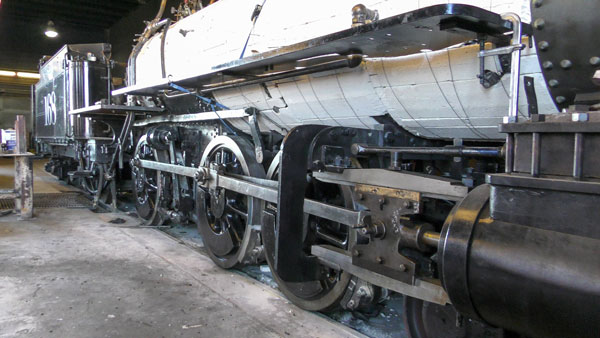
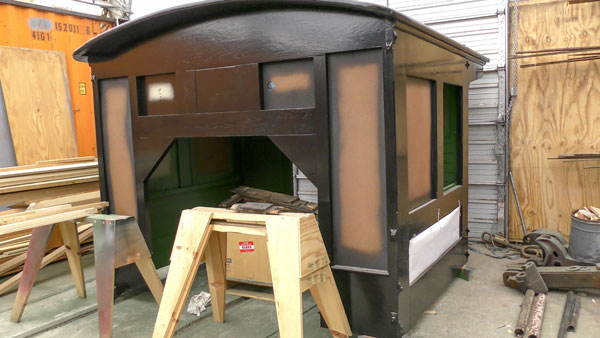

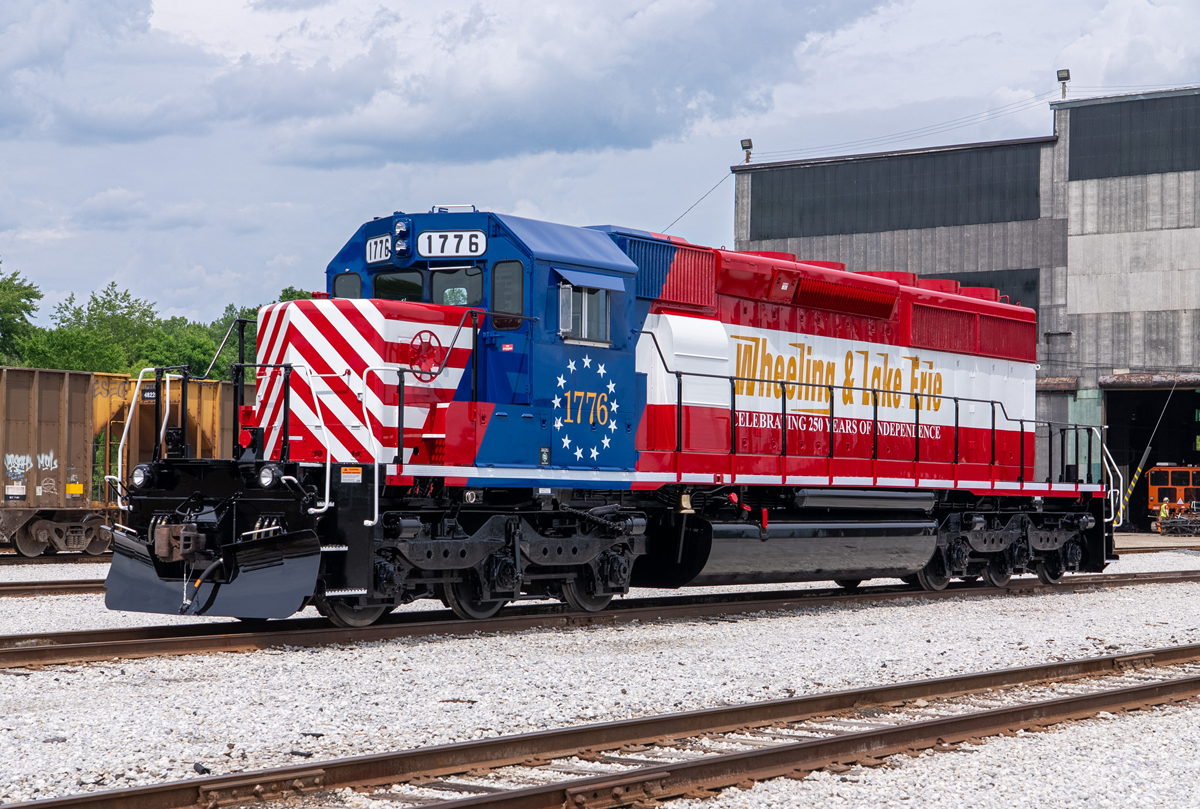
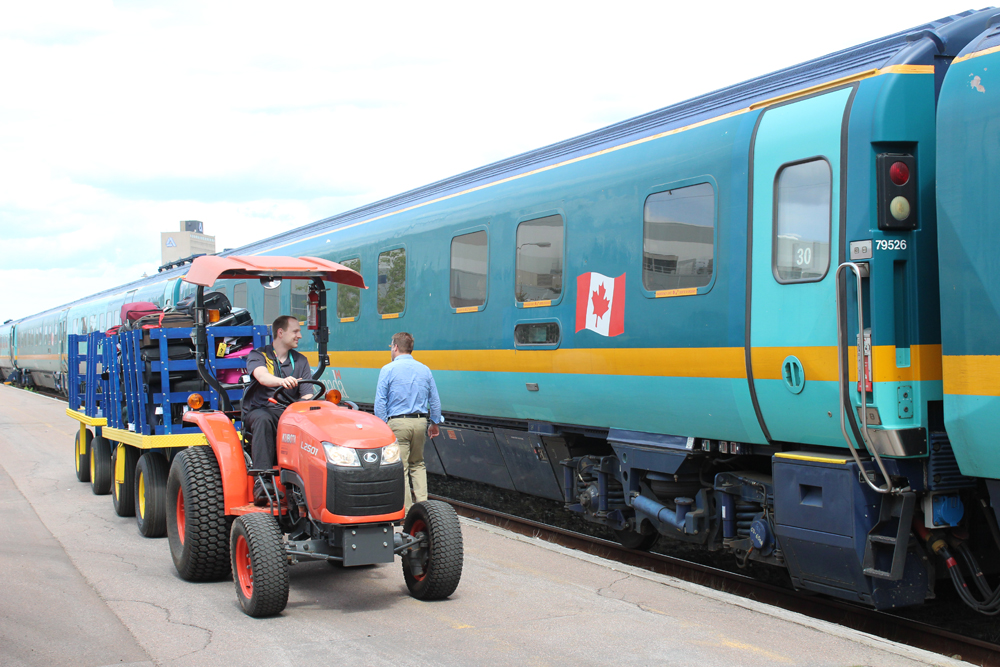
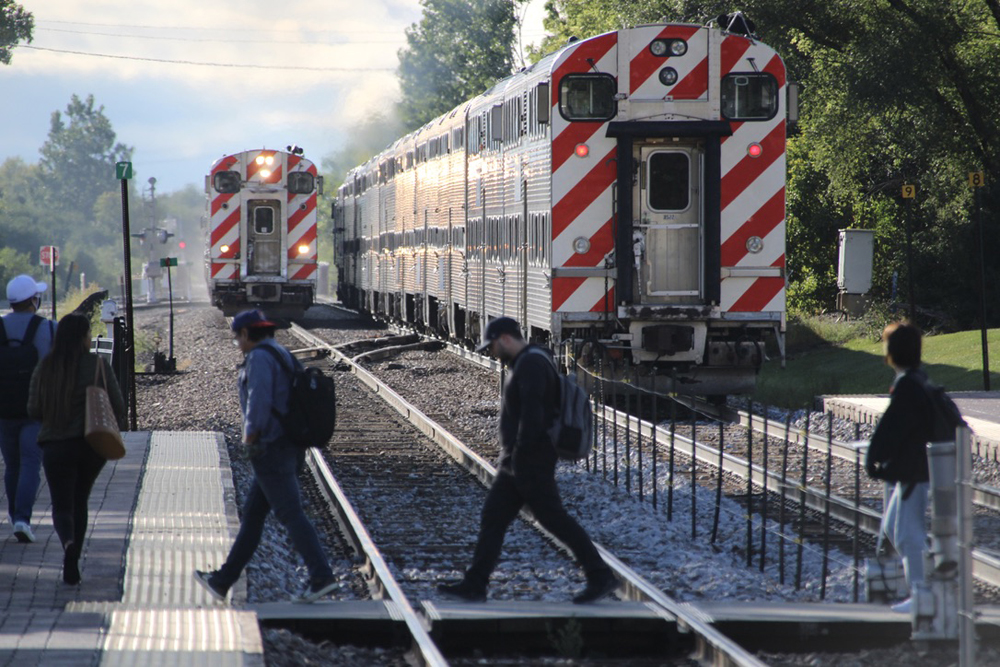
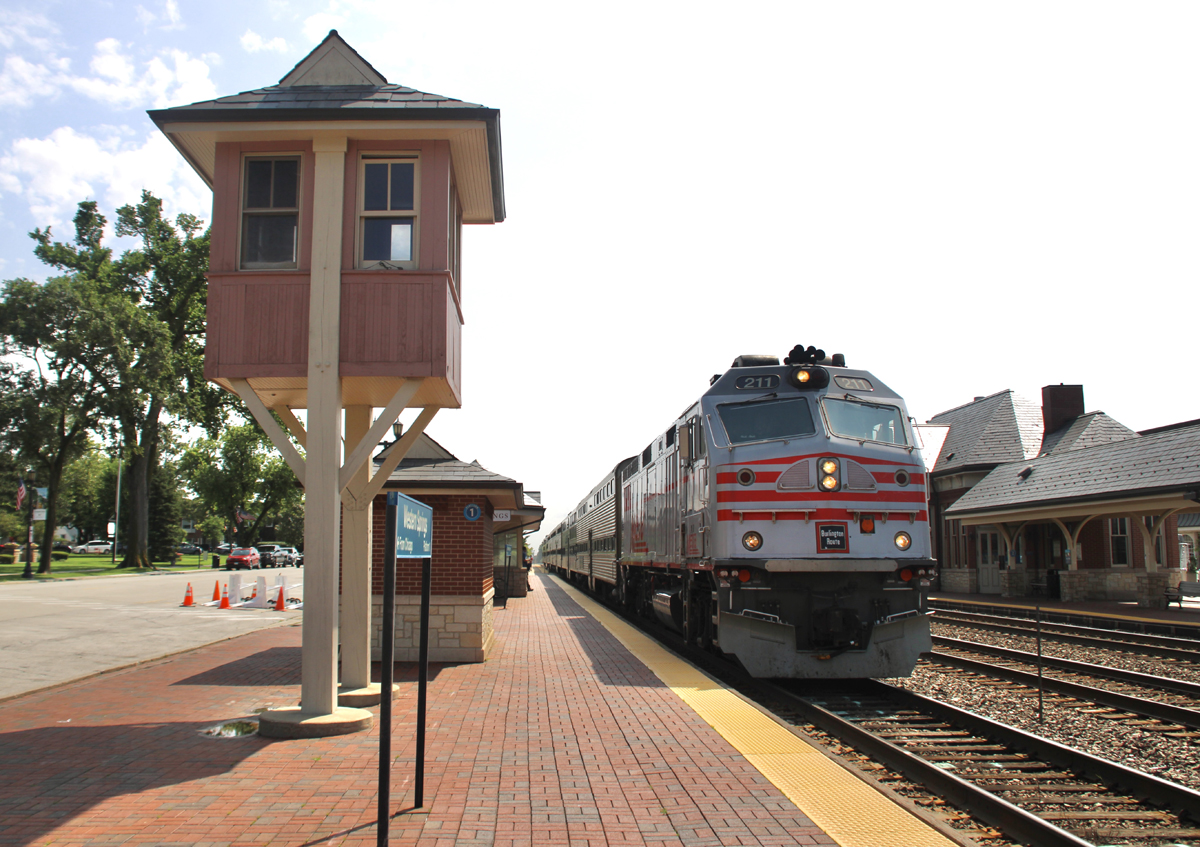




The DRGW narrow gauge operation was a product of a different time and a different economy. In the economy in which it was first built it was a viable operation, but times change and it was built to make money. In the harsh light of reality once it ceased to pay for itself it only made sense to abandon it. That it hung on as long as it did is something at which to marvel, and that I was associated with it, albeit very briefly, is something I consider to have been a privilege. We will not see its like again.
The original sales proposal included the trackage from Chama to Durango, the Farmington extension, and the facilities in Alamosa. Alas, the preservationists could not pull it together sufficiently to save the pieces now lost, and we now have two railroads come out of the San Juan Extension. There was relatively little doubt that the Durango and Silverton could survive given its marketing as a tourist road, but in 1970 there was serious concern about the viability of the Cumbres and Toltec. The first few years were quite lean but it is now a going concern and I wish them all the best.
It is encouraging that they have gotten to the point where they have the financial resources to do such things as to rebuild 168, restore OY, and build new coaches. I would like to seem them restore OM as well, and perhaps that too will happen.
I have a Jan Rons print on the wall in my office of 476 running street in Santa Fe … I have a special fondness for that machine. The Chili Line came and went before I was born but I do wish, I really do, that I could have seen this network in its halcyon days. Alas.
The above remarks are general in nature and do not form the basis for an attorney/client relationship. They do not constitute legal advice. I am not your attorney. Find your own damn mouthpiece.
Anna Harding
I believe you are wrong as there never was any hope of ever saving the Farmington branch for any preservation. It was just too many dry and hot miles to consider between Navajo to Durango, but would have been nice to save Chama to Navajo including the reservation at Dulce. The third rail from Antonito was not being sold by D&RGW as they wanted to used modern track machinery on that SG track. And the facilities at Alamosa were totally beyond any interest of volunteer to keep for any reason.
It is very refreshing when everybody works together for a common goal. We need more of that today.
For years I admired 168 on display in Colorado Springs complete with operating lights and that stunning blue boiler jacket. Up until recent years of its display, it was spotlessly maintained. Glad C&TS and the Friends are restoring it.